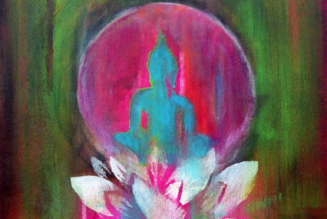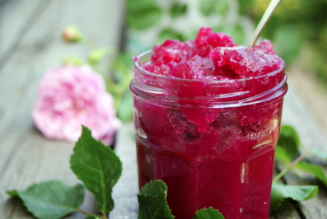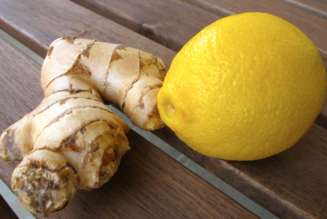Disclaimer:
All content included on this website (including, but not limited to, images, photos, graphics and text) is the property of ‘Healthy Ayurveda’ and ‘Vedic Sage’ and as such is protected by US and international copyright and other intellectual property laws.
THE DOSHA CLOCK
According to Ayurveda, the rhythm of life is governed by cycles and in order to maintain health and balance we need to learn how to live in accordance to nature’s daily cycle. Ayurveda speaks about biological time as a function of three doshas [vata–pitta–kapha] in relation to chronological time with each dosha being more active at a particular time of day and night. To help bring us in tune with nature, and rather our own intelligence, following a dinacharya [daily routine] is essential for establishing great health and regularizing our own biological clock.
Not only is timing of importance but how we approach life is essential. For example, waking up to a jolting alarm clock is enough to set off a cascade of alarming stress responses which is obviously not the ideal way of starting off the day.
Similarly, waking up during the late and lazy time of the morning can create a slow/sluggish feeling throughout the day. Let us now take a closer look at the “Dosha Clock” and see how we can use it to our best advantage in order to harness the natural influences of nature.
VATA TIME …
Early morning before sunrise is the time of vata. The qualities of vata are expressed with brisk coolness in the air and the beginning of increased activity of nature as birds begin to sing and people begin a new day.
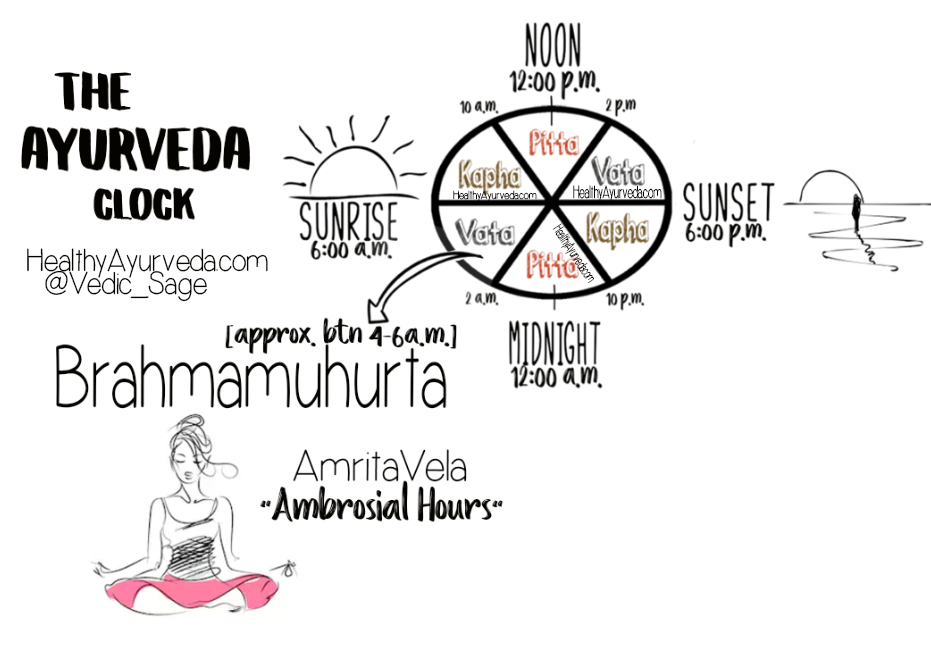
“Brahmamuhurtha – “Time Of Brahma”
Brahmamuhurtha is considered 1 hr 36 minutes before sunrise and thought to be an auspicious time for meditation. This period of time is a junction point between night and early morning and is considered a time of heightened awareness. Therefore, Brahmamuhurtha is considered an auspicious time of day best suited for praying, meditating, and contemplation.
THE MORNING ROUTINE
Whilst this is not an easy task for some, arising early is beneficial in starting the day. The pure and subtle qualities of nature that is present at this time of the day will bring peace and freshness to the mind and senses. People who have more of the earth and water qualities should arise between 5-5.30AM. Those who have more of the fire element should arise between 5.30-6AM and those who have more light, air and space constitutions should arise between 6-6.30AM. After arising it is beneficial to say a little prayer or mantra before getting out of bed.

Elimination
Elimination is one of the three pillars of health according to Ayurveda. If there is proper daily elimination, good health is simpler to attain. When food is not properly digested toxins can build up, creating sluggish digestion. It is important to train the body to have a daily elimination. According to Ayurveda if one misses a daily bowel movement, then the person is said to be constipated. In today’s medical world, constipation is classified as having fewer than three bowel movements a week. To ensure that daily elimination is taking place, one must follow a proper diet and lifestyle for their constitution. Keeping hydrated and the use of herbs, such as triphala, can also help with regulation of bowels.
 Washing the face with cold water will bring alertness to the mind. It is a good idea to also wash the eyes and rinse the mouth with cool water. There are a few ayurvedic eye washes that are recommended based upon ones constitution. Triphala tea, rose water and even diluted pomegranate juice are effective eye wash solutions.
Washing the face with cold water will bring alertness to the mind. It is a good idea to also wash the eyes and rinse the mouth with cool water. There are a few ayurvedic eye washes that are recommended based upon ones constitution. Triphala tea, rose water and even diluted pomegranate juice are effective eye wash solutions.
Tongue Scraping
An important part of the dinacharya is scraping the tongue. Scraping the tongue can aid in digestion, absorption and assimilation as it stimulates the internal organs. It also removes bacteria. There are a variety of tongue scrapers available on the market today – gold, copper and silver ones. However, stainless steel tongue scrapers are generally suitable for all.
Oral Care
There are many health benefits of oil pulling. This is a technique where a tablespoon of oil (usually sesame or coconut) is swished in the mouth for 10-20 minutes. From promoting dental hygiene to detoxifying the body and increasing energy, oil pulling is an ancient yet current health benefit. However if time is a factor, even a few minutes of oil swishing is advantageous. After spitting out the oil be sure to massage the gums and brush thoroughly. In Ayurveda this practice is referred to as ‘Gandusha’.

Nasya
Administering ghee or oils in the nasal passages can help with lubrication, cleansing and enhancing mental clarity and improving vision. Making sure that one is lying down with their nostrils parallel to the ceiling, add 3-5 nasal drops into each nostril and sniff deeply but gently. It is advisable to lie for a few minutes to allow the nasal drops to nourish prana. There are a variety of nasal drops recommended, such as brahmi ghee, calamus oil (medicated, not the essential oil) and regular ghee or sesame oil. It is important to note that nasya should not be done an hour before or after showering, or after exercising. It is also recommended to do nasya on an empty stomach. The health benefits of nasya are extensive.
Oil Massage (Abhyanga)
Massaging oil on the body is a great way to keep the skin soft, supple and wrinkle free. It is a rejuvenating technique that improves circulation and, when done at night, induces sleep. Massaging the scalp can prevent hair loss and graying. In the evenings, massaging the scalp and soles of the feet with bhringraj oil can help in achieving a calm, restorative sleep.
It is advisable to start with the outer extremities and work towards the heart. One should massage in a linear fashion along the limbs and with circular motions on the joints. Some popular oils used are coconut, sesame, sunflower and almond. According to one’s natural constitution, one should pick an oil that is appropriate to their state of balance.
Bathing should follow abhyanga to remove any excess oil left on the skin. Bathing is not only cleansing and refreshing, but also an activity that improves mental clarity and revitalizes the body. Using natural and chemical free soaps are recommended. During the summer months it is advisable to shower with cooler water than the winter months. This helps the body to keep in tune with nature and the surrounding environment.
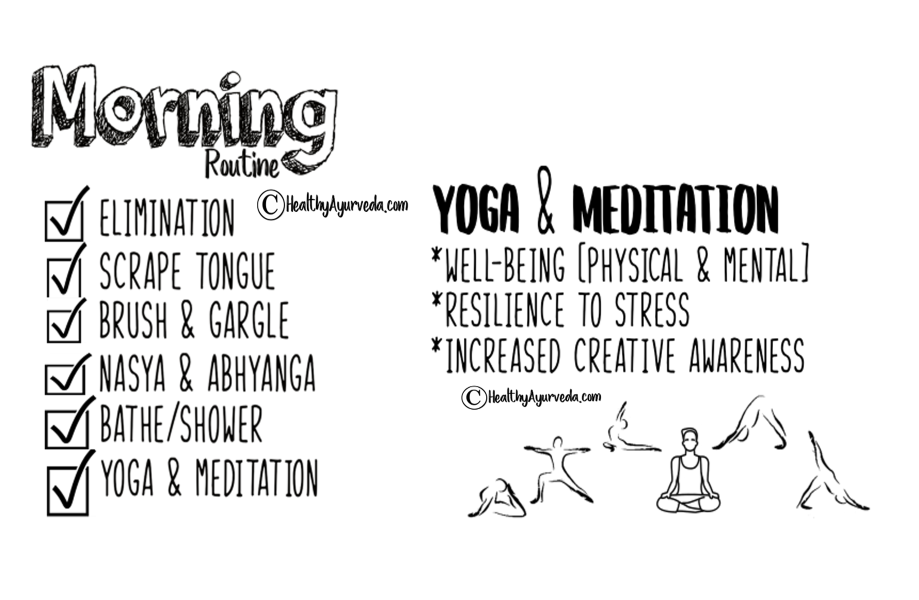 Practicing yoga daily is recommended for all body types. There are various postures and poses that can help to alleviate many conditions and diseases. Yoga is a vital and important daily activity that brings balance and serenity into life.
Practicing yoga daily is recommended for all body types. There are various postures and poses that can help to alleviate many conditions and diseases. Yoga is a vital and important daily activity that brings balance and serenity into life.
There are many types of breathing techniques that have various uses for the body. From lowering blood pressure to reducing weight and cooling the body, it is important to know which pranayama would be indicated for personal use. Pranayama increases the vital energy force in the body and therefore is recommended for health and longevity.
Exercise is an important part of life. Walking daily, particularly in the early mornings, maintains good health and balance. Although many people practice vigorous exercise, this is not always recommended. Ayurveda advises stretching and breathing whereas straining is to be avoided.The profound health benefits of meditation are staggering. A simple technique, it allows one to connect with the divinity within oneself and should be a daily practice. There are a few methods that one can choose from simple breathing to mantra based meditation. Amongst many benefits, meditation brings peace, harmony and clarity into one’s life.
Breakfast
When kapha is high, digestion is often slow or diminished. Therefore, it is wise to avoid heavy meals first thing in the morning. Instead, we should consider light and warm meals which can be more easily digested.
Activity
Mid-day is when the day heats up as the sun becomes stronger and reaches its peak. It’s the fire element of the sun which brings about light, warmth, and dryness to the day. It’s during this period when the internal and external heat is at its height and therefore is not the most ideal time to exercise or become overly active. Pitta types who predominantly have a fiery element should especially make sure not to overly exert themselves at this time.
Lunch
During mid-day, kapha decreases while pitta increases. As pitta continues to increase you will notice an increase in appetite reflecting when the power of digestion is at its peak. Generally, the largest meal of the day should be eaten at this time when the metabolic digestive fire [“agni”] digests and assimilates food optimally.
During this time of day the air element of vata increases as we notice the day soon becomes cooler and more windy. Vata energy brings about lightness to the mind which makes it more challenging to focus. Instead of struggling with focus, this may be a good time to reorganize your desk, revisit your ‘Things-To-Do’ list and consider brainstorming new ideas. Also, due to the lack of focus – instead of refilling on coffee it may be more worthwhile to meditate in order to regain focus during this vata time.
Time For Reflection
Sunset is a junction of day into night and is when the daily cycle repeats itself for the latter half of the day – meaning from 6 pm -10 pm kapha predominates as it did during the morning hours of 6 am- 10 am. Just as the early morning kapha times was a time of meditation, so true – kapha time during the evening is an ideal time for reflection. According to vedic philosophy, spiritual activities are amplified when performed at junction points. Therefore, this is a opportune time to meditate, chant, or do a calming yoga practice. Finally, as the suns energy begins to fade, and the cold and heavy energy of kapha dominates we soon begin to feel tired after a long and lengthy day. Relaxation is essential before bed – but first, dinner.
Dinner
Generally, dinner should be eaten early [between 6-7pm]. Eating too late in the evening may lead to undigested food remaining in the digestive tract and thus resulting in the accumulation of undigested food material – toxins [“ama”] in the colon. Similarly, a heavy meal during kapha time of the night can result in excess kapha qualities of heaviness and therefore result in weight gain and/or other kapha-related conditions. That said, pitta types may be able to eat slightly later due to their stronger digestive ability.
Sleep
In order to ensure restful sleep, relaxation is essential before bed. The aim is to be asleep before 10pm. Normally, the qualities of kapha accumulate throughout the evening and the body will naturally be tired. If we are in tune with these natural rhythms of life the body will naturally seek to experience deep and restorative sleep by this time.
Mid-night [10pm – 2am]
There is often great emphasis regarding falling asleep by 10pm because if one stays awake after 10 pm the active nature of pitta can prevent sleep. Pitta continues to increase during these late hours and its primary function is for repair and transformation of bodily tissue. However, if one remains awake during these late hours you will notice an increase in appetite i.e. “mid-night cravings” due to the fiery nature of pitta. Eating during these late hours is not conducive to health because pitta at night is not intended for digestion but rather repair and transformation of bodily tissue. Lastly, sleeping on a full stomach can result in the buildup of partially digested food [toxins] in the gastrointestinal tract and also thought to cause disturbing dreams; preventing restful sleep.
Individual – Unique Needs
The above mentioned influences of vata-pitta-kapha are basic guidelines to help align the individual with the natural rhythms of life. Depending on geographical and individual variations there will naturally be differences throughout the year in regards to dosha influences, the time of sunrise and sunset and seasonal-related influences. Therefore, as we become more in-tune with these rhythms of life we will also be able to develop a knowing on how to adjust our daily life accordingly.
Disclaimer:
All content included on this website (including, but not limited to, images, photos, graphics and text) is the property of ‘Healthy Ayurveda’ and ‘Vedic Sage’ and as such is protected by US and international copyright and other intellectual property laws.


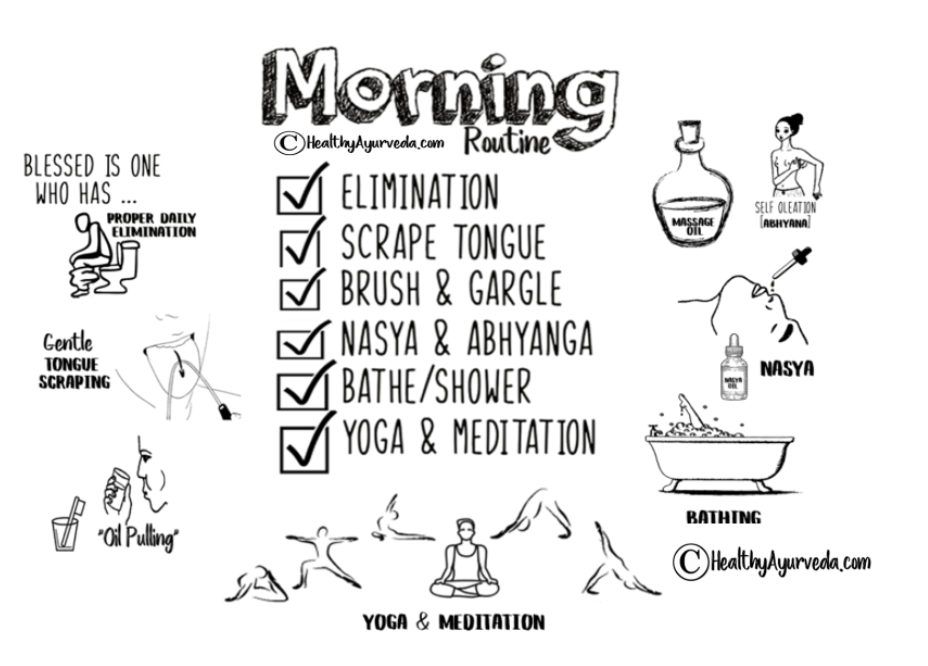





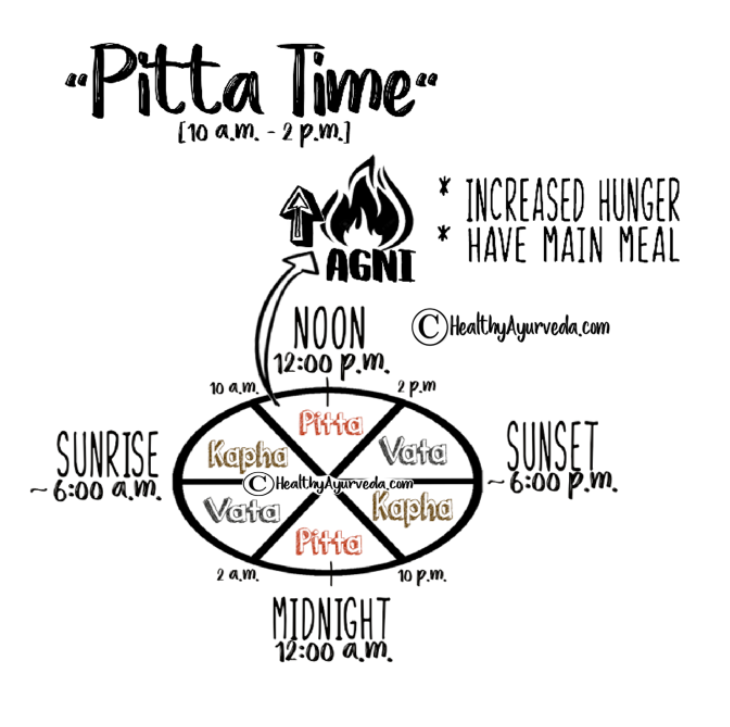


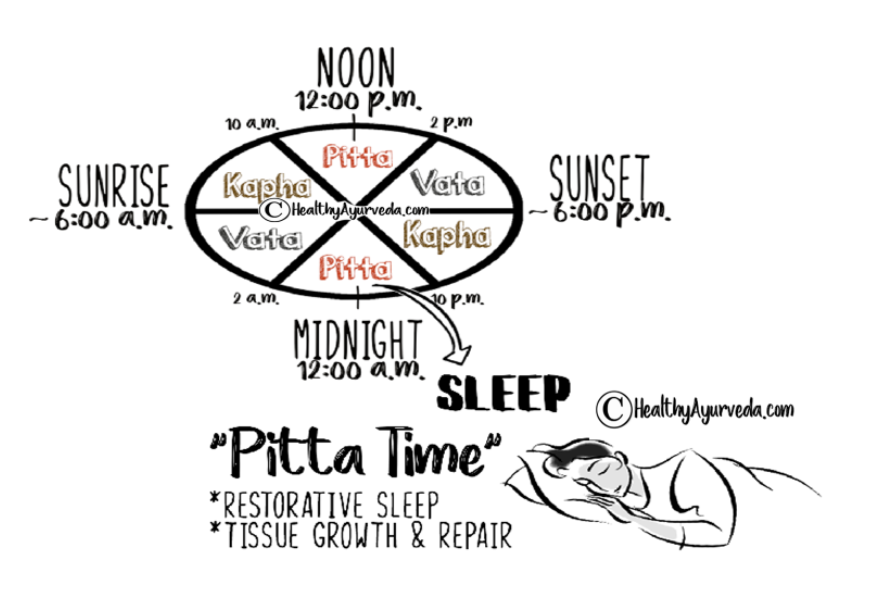


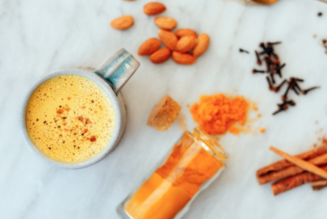
![Female Health: Amenorrhea [cessation of menses] – An Ayurvedic Perspective](https://healthyayurveda.com/wp-content/uploads/2015/07/1.-Amenorhea--327x219.png)
